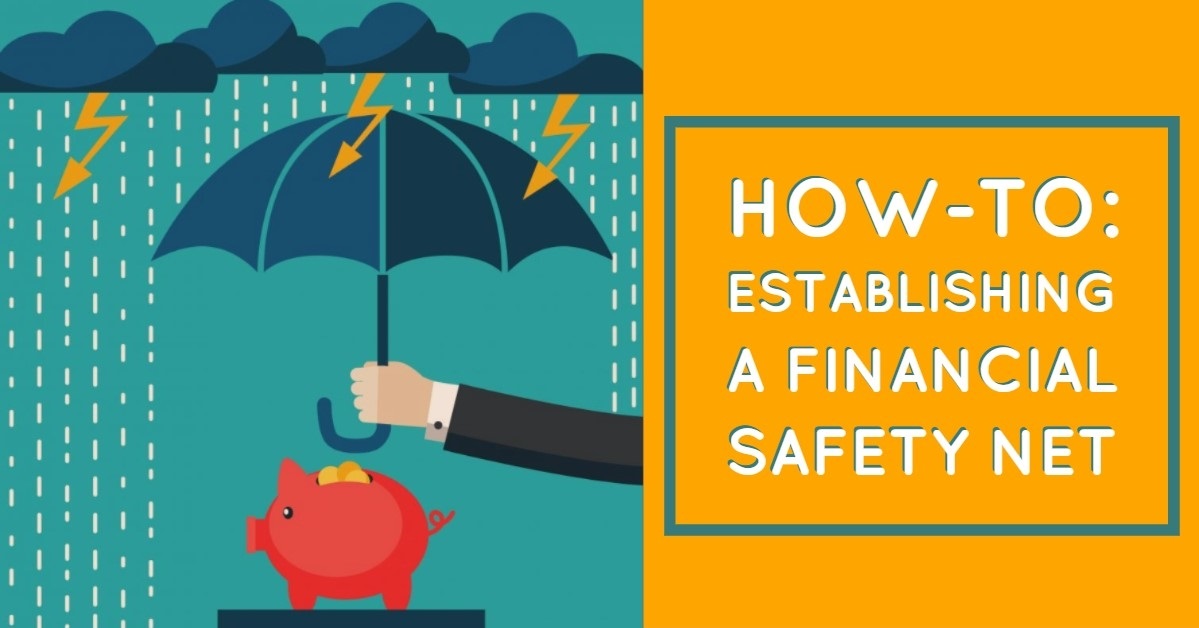In personal financial planning, building a financial safety net is an important step. Once you have control over your day-to-day finances and have taken a look at your long-term financial goals, you are in the prime position to build a safety net. This can help prevent financial disasters from disrupting your financial security or goals. For many, including those dealing with military debt, establishing a solid safety net is crucial to maintaining stability and peace of mind. Let’s explore why a safety net is important and how to build one.
Why a Financial Safety Net is Crucial
A financial safety net acts as a buffer against unexpected expenses and emergencies. Life is unpredictable, and unexpected costs can arise from medical emergencies, job loss, or urgent home repairs. Without a safety net, these expenses can derail your financial progress and lead to significant stress.
For individuals dealing with Military Debt, a safety net is even more vital. Military families often face unique financial challenges, such as frequent relocations and deployment-related expenses. Having a safety net can provide a sense of security and ensure that these challenges do not jeopardize long-term financial goals.
Steps to Build a Financial Safety Net
Building a financial safety net involves several steps. Here’s a roadmap to help you get started:
- Assess Your Current Financial Situation
- Take a detailed look at your income, expenses, debts, and savings. Understanding your financial landscape is the first step in creating a robust safety net. Make a list of all your sources of income and categorize your expenses to see where your money is going each month.
- Set Clear Financial Goals
- Identify your short-term and long-term financial goals. These might include paying off debt, saving for a home, or building an emergency fund. Clear goals will help you stay focused and motivated as you work towards building your safety net.
- Create an Emergency Fund
- An emergency fund is a critical component of a financial safety net. Aim to save three to six months’ worth of living expenses. This fund should be easily accessible, such as in a savings account, so you can use it when unexpected expenses arise.
- Pay Down High-Interest Debt
- High-interest debt can drain your finances and hinder your ability to build a safety net. Focus on paying down debts with the highest interest rates first. This will free up more of your income for saving and investing.
- Automate Your Savings
- Set up automatic transfers to your savings account. Automating your savings ensures that you consistently put money aside each month, making it easier to build your safety net without having to think about it.
Practical Tips for Strengthening Your Safety Net
- Cut Unnecessary Expenses
- Review your monthly expenses and identify areas where you can cut back. This might include dining out less frequently, canceling unused subscriptions, or finding more affordable alternatives for certain services.
- Boost Your Income
- Look for ways to increase your income. This could involve taking on a part-time job, freelancing, or starting a side hustle. Additional income can help you build your safety net faster.
- Invest Wisely
- Once you have an emergency fund in place, consider investing to grow your wealth. Research different investment options and choose those that align with your risk tolerance and financial goals. Investing can help you build a stronger financial foundation for the future.
- Review and Adjust Regularly
- Your financial situation and goals may change over time. Regularly review your financial plan and adjust as needed. This will ensure that your safety net remains effective and relevant to your needs.
The Importance of Insurance
Insurance is a vital part of a financial safety net. Health insurance, homeowners or renters insurance, auto insurance, and life insurance can protect you from significant financial losses in case of emergencies. Ensure you have adequate coverage to safeguard your assets and provide peace of mind.
Supporting Military Families
For military families, there are additional resources and support systems available. Organizations and programs specifically designed to help military personnel manage their finances can be invaluable. These programs can offer financial counseling, debt management plans, and other resources to help build and maintain a safety net.
Conclusion
Building a financial safety net is a crucial step in securing your financial future. By understanding your financial situation, setting clear goals, creating an emergency fund, and making smart financial decisions, you can protect yourself from unexpected expenses and ensure long-term financial stability. Whether you’re dealing with Military Debt or simply looking to improve your financial security, a solid safety net is an essential part of a healthy financial plan. Remember, the key to a successful financial safety net is consistency, discipline, and regular review.
